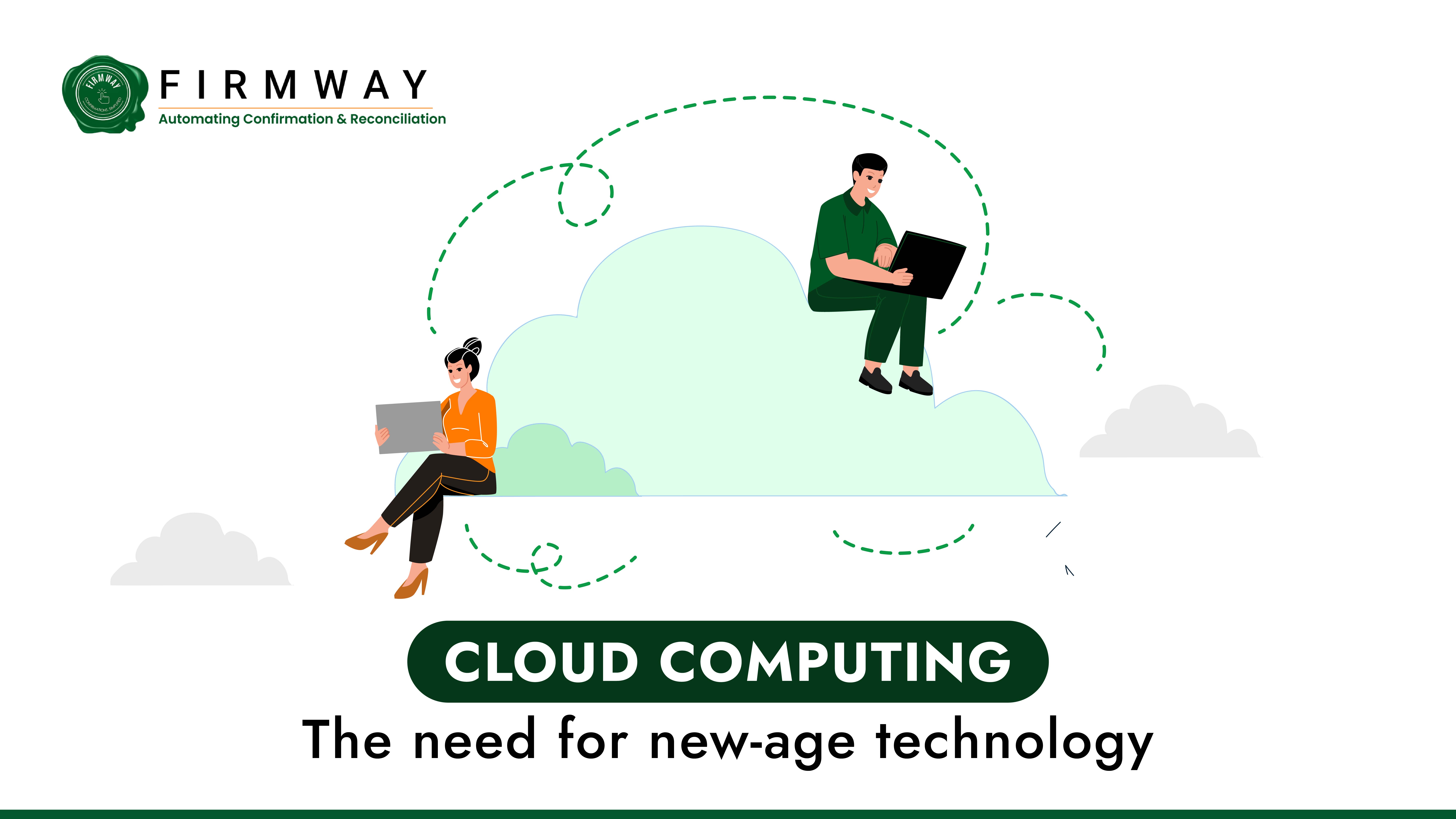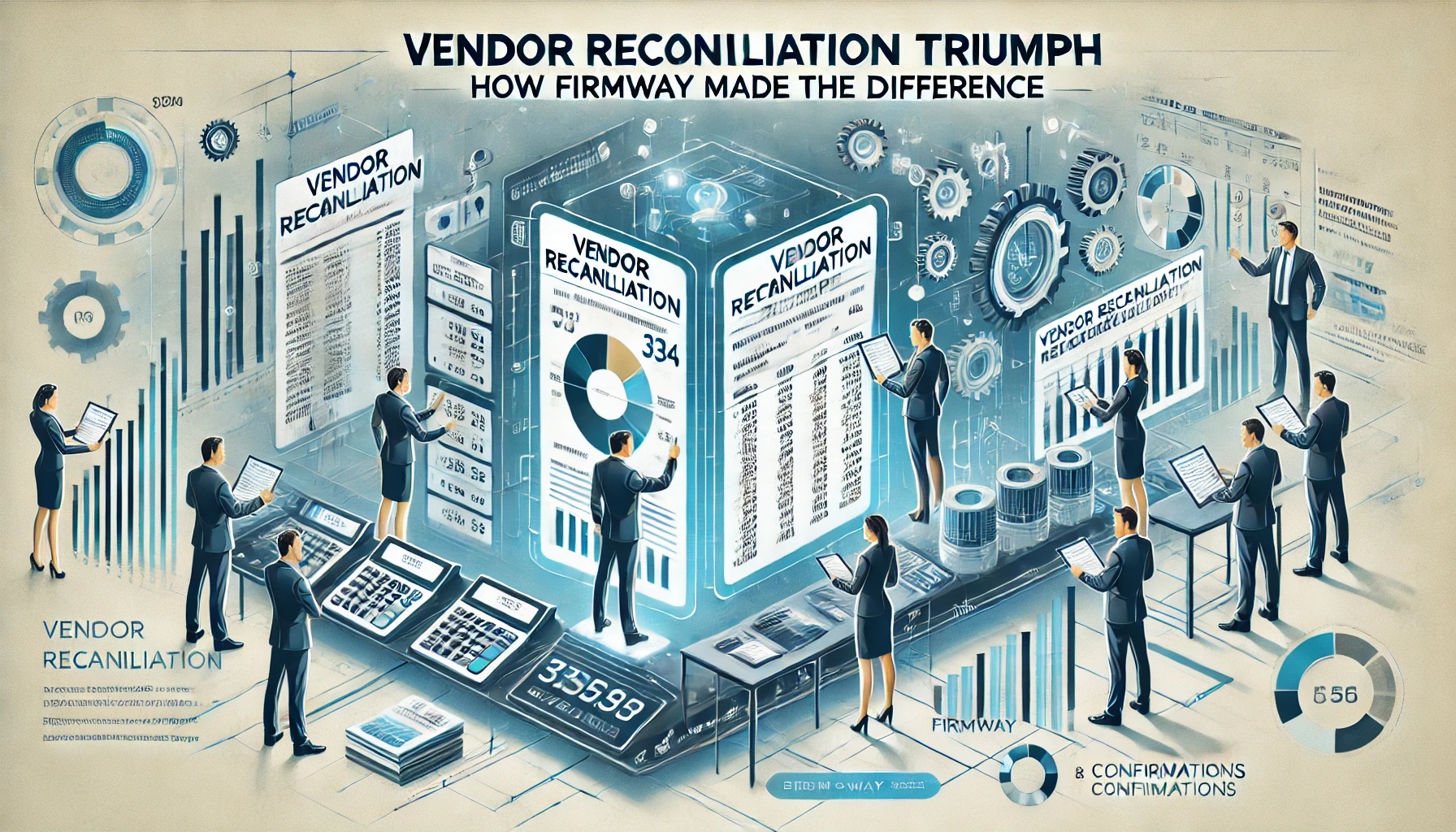Cloud Computing: The Key to Post-Covid-19 Resilience
While cloud adoption had been on the rise for several years, recent global disruptions such as the Covid-19 pandemic, semiconductor shortages, and geopolitical conflicts like the Ukraine-Russia war served as pivotal moments in showcasing the importance of cloud transformation for business continuity and supply chain resilience. These events had a significant impact on businesses, making it evident that Cloud Computing was the way forward. According to the Deloitte Cloud Imperative – Asia Pacific report, cloud technology is projected to contribute a staggering USD 160 billion to GDP from 2020 to 2024, with cloud investments growing at an impressive 28% annually until 2024. This growth is a testament to how the cloud has evolved since the challenges posed by Covid-19 and other disruptions.
The Shift: From On-Premise to Cloud Computing
Before diving into why organizations are increasingly moving from on-premise solutions to cloud-based infrastructure, it’s essential to understand the fundamental differences between the two:
Cloud Computing
Cloud computing offers virtual, convenient, and on-demand access to a shared pool of computing resources. Additionally, data and applications are accessible and stored in virtual platforms hosted over the internet, eliminating the reliance on physical hard drives.
On-Premise
On-premise infrastructure involves organizations hosting and managing their IT resources internally.
Why Cloud Computing Prevails Post-Covid-19
In this era of advanced technology, transitioning to the cloud offers several compelling advantages that have become even more apparent post-Covid-19:
1. Cost Optimization
Cloud computing offers virtual, convenient, and on-demand access to a shared pool of computing resources. Furthermore, data and applications are accessible and stored in virtual platforms hosted over the internet, eliminating the reliance on physical hard drives.
2. Remote Accessibility
The Covid-19 pandemic emphasized the critical need for remote work capabilities; furthermore, cloud solutions enable secure access to files and data from anywhere at any time. According to EY’s ‘Cloud as a Driver of Business Transformation in 2022,’ 75% of enterprises are adopting cloud technology to facilitate remote work.
3. Scalability
Cloud computing empowers organizations to swiftly adapt to new trends, process vast amounts of data, and adjust capacity as needed. In contrast, on-premise infrastructure involves time-consuming processes for acquiring and scaling new equipment. EY’s report cites business growth and development as a key driver for cloud adoption.
4. Security
Security concerns often arise in discussions about cloud-based services. However, data security largely depends on the chosen service provider. Continuous updates to security controls, in addition to advanced algorithms and computing capabilities, ensure data safety. Furthermore, cloud service providers prioritize risk assurance through ongoing enhancements
5. Encourages Innovation
Cloud-service providers regularly introduce updates and features that enhance user experiences. By transitioning to the cloud at affordable prices, enterprises can leverage the latest technologies, such as artificial intelligence and machine learning, fostering innovation within their organizations. These emerging technologies fuel innovation in the enterprise sector.
 Conclusion: Embrace the Cloud for Digital Transformation
Conclusion: Embrace the Cloud for Digital Transformation
The cloud serves as the foundation of digital transformation. The challenges posed by events like the Covid-19 pandemic accelerated the adoption of cloud technology, underscoring its transformative power. Cloud infrastructure adoption spans various sectors, including healthcare, pharmaceuticals, banking, finance, and information technology. It is now more important than ever to join the digital transformation movement and stay ahead of the curve.


 Conclusion: Embrace the Cloud for Digital Transformation
Conclusion: Embrace the Cloud for Digital Transformation


